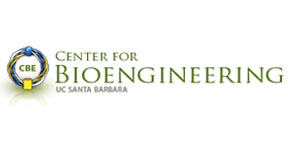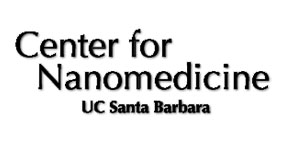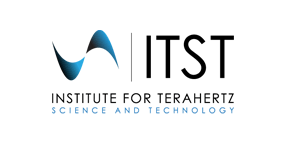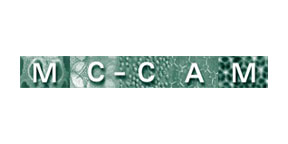Research in our department spans the traditional Organic, Inorganic, Materials, Physical, Theoretical and Computational Chemistry, and Biochemistry areas.
At the same time, our strength is the interdisciplinary and modern approach to chemical research. The following interdisciplinary research areas provide a glimpse at this tradition. The areas and their boundaries are overlapping by nature. Various UCSB Organizations and Institutes provide support and a forum for collaborations.











